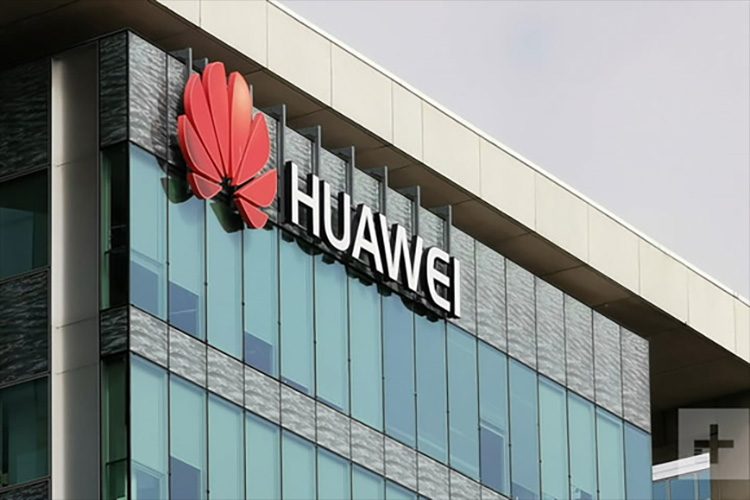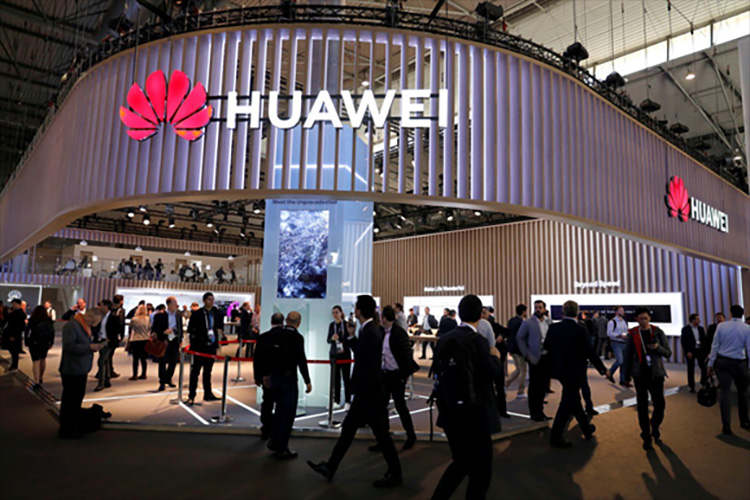Huawei to Use a New OS After Google Ban

Huawei’s smartphones have been getting a lot of buzz globally because of their outstanding performance and impressive camera features. Users can choose premium models like the P30 series or get an affordable unit like the P Smart, all without sacrificing quality. Huawei’s investment in research and development paid off, and in 2018, the company became the second largest manufacturer of smartphones.
During the past several weeks, the spotlight has been on the company for a different reason. What is considered as one of the most promising smartphone manufacturers around the world is now under attack by the US government. The trade ban was a foreseeable event since the US began investigating the company back in 2012. Years later, the intelligence reports by the US led to the conclusion that Huawei phones are ‘allegedly’ used by China to spy on consumers and the US in general.
A domino effect
The consequences of this trade ban are far more monumental than initially assumed. The most significant blow came when US companies Google, Arm, Microsoft, and Qualcomm all ceased business relations with the company. The partnership with these companies was pivotal in providing Huawei with both software and hardware they needed to market their products.

Image Source: SCMP.com/Reuters
Plan B
Since Huawei has been battling uncertainties with US trade relations since 2012, the company began working and developing their so-called ‘Plan B’ should a trade ban come to effect. Now that it has, rumours have surfaced regarding Huawei’s supposed alternative to Google’s Android. Their patented operating system has been trademarked and registered with the National Property Administration of China since August 24, 2018.
Reports also confirmed that the company plans to launch their new OS this fall, just in time with the release of their new range of premium smartphones, the Mate 30 series. What we know so far is that this OS will continue to run native Android apps and will also be compatible with tablets, laptops, PCs, and TVs.
Challenges with the new OS
Although using a new OS is the obvious and only solution to the ban, Huawei is not out of the woods just yet. There are some potential problems that the company may encounter in using their own operating system. First, the resulting user experience needs to match that of Android, not to mention, offer the same level of versatility and security. After all, security concerns are what put Huawei in hot water, to begin with.
Another problem that the company may encounter stems from hardware manufacturers that have also ceased business relations with Huawei. Since the phone processor needs to be highly compatible with the OS, they will need to use a chipset that works seamlessly on the new system.
Lastly, the biggest challenge is brand loyalty. There is a massive level of uncertainty because most Huawei users outside China prefer the Android interface and whether these users are willing to switch to the new OS remains to be seen.

Image Source: Digitaltrends.com
In the meantime, Huawei is optimistic about the future of their brand and is now planning the release of its OS within China. Since users there are used to not being able to access Google Apps, to begin with, the transition would not be too difficult.
Huawei Consumer Business CEO Richard Yu did state that for now, the company is still committed to using Microsoft and Google. Should trade relations change and the ban is lifted, all will be well. But in case of a permanent ban, Huawei will need to fight ‘tooth and nail’ to maintain its relevance in the smartphone industry even when they have to resort to their Plan B.